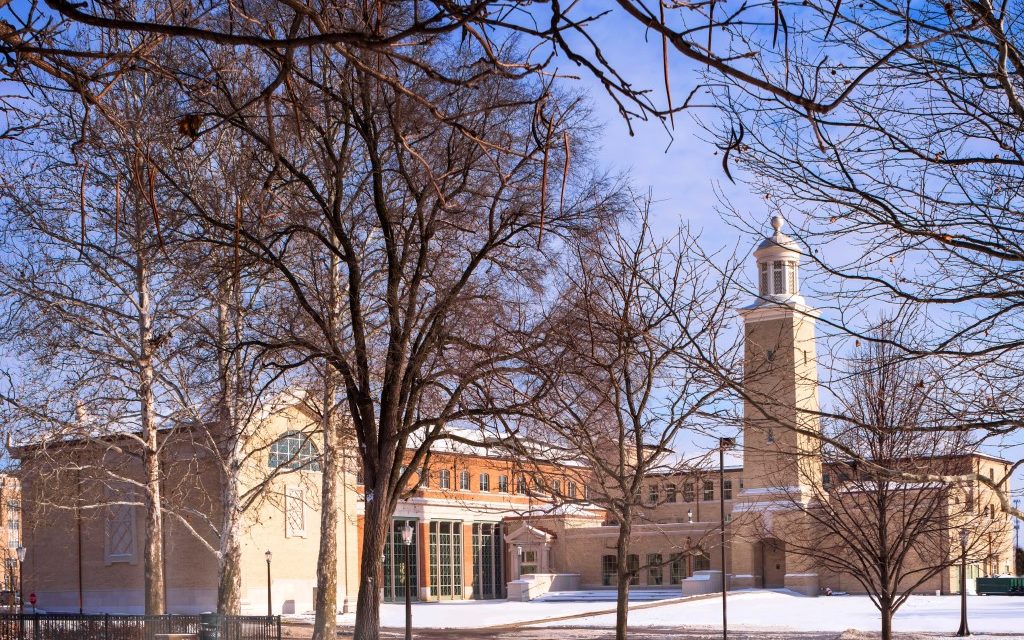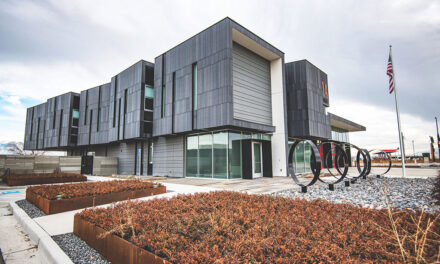The University of Notre Dame’s Matthew and Joyce Walsh Family Hall of Architecture symbolizes the school’s mission to educate architects and urbanists who design and build — not just for today’s needs, but also for future generations. The building is a pedagogical and symbolic icon of Notre Dame’s architectural principles allowing students and faculty to point to its massing, character, and details as they teach and learn.
The design takes its inspiration from the teaching methods of the École des Beaux-Arts in Paris and seeks to foster interaction between faculty, staff, and students with different levels of experience.
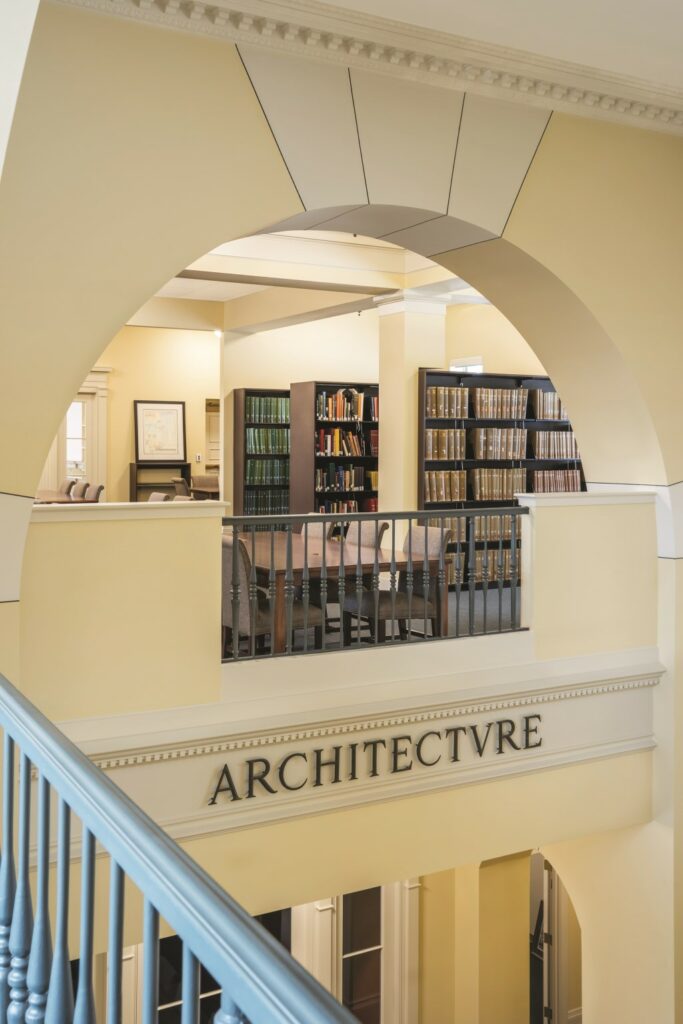
Photo credit: Andreas Von Einsiedel
“Executing the design of a traditional building that incorporates modern materials and technology was incredibly important, and we worked closely with John Simpson Architects to ensure the technological infrastructure was seamlessly integrated within that classical detailing,” said Bill Ketcham, project manager and principal-in-charge for Stantec. “We worked with Walsh Construction to address issues of schedule and cost, so we could prioritize high-impact and symbolic spaces. The building reflects the curriculum of the School of Architecture, complements the campus and provides beautiful and engaging spaces for students.”
The Stoa is the heart of the building, providing a stage for everyday informal collaboration and special events. A grand hall modeled on ancient Greek market structures, the Stoa links the main components of the structure, including the design studios, auditorium, library, exhibition hall, and faculty office suites.
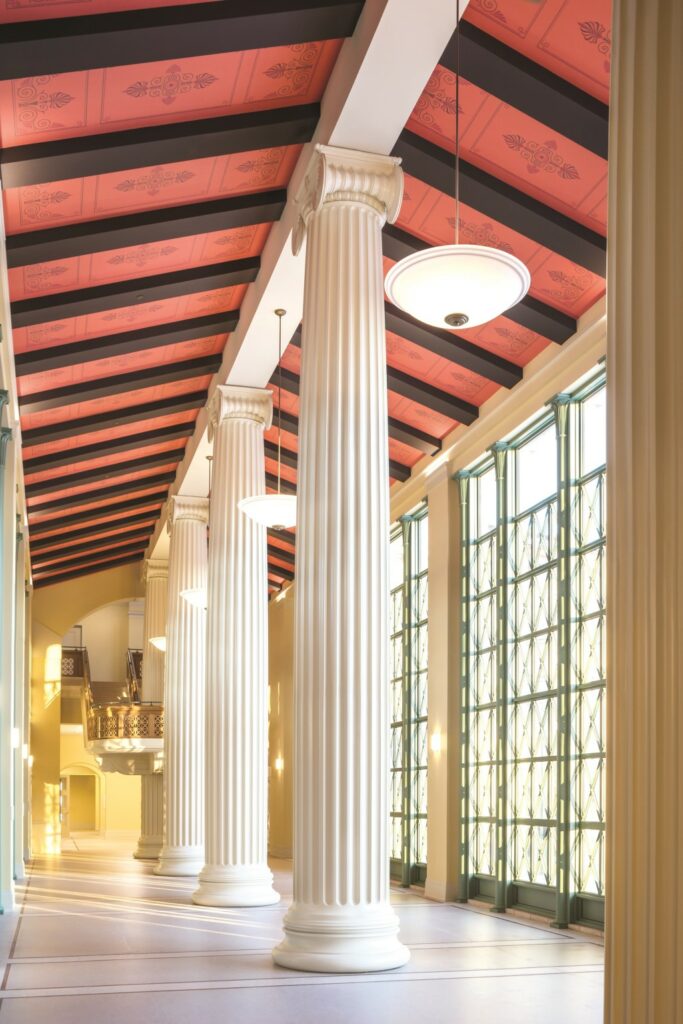
View of the Stoa. Photo credit: Andreas Von Einsiedel
An exterior plaza serves as the Stoa’s outdoor counterpart with a gathering space for the exchange of innovative ideas.
The interiors are spartan but durable with simple concrete floors, concrete block interior walls and partitions, and exposed ceilings in studios, laboratories, classrooms, and the areas of public circulation. A classic design has been used for the main lobby, hall of casts, auditoriums, and library.
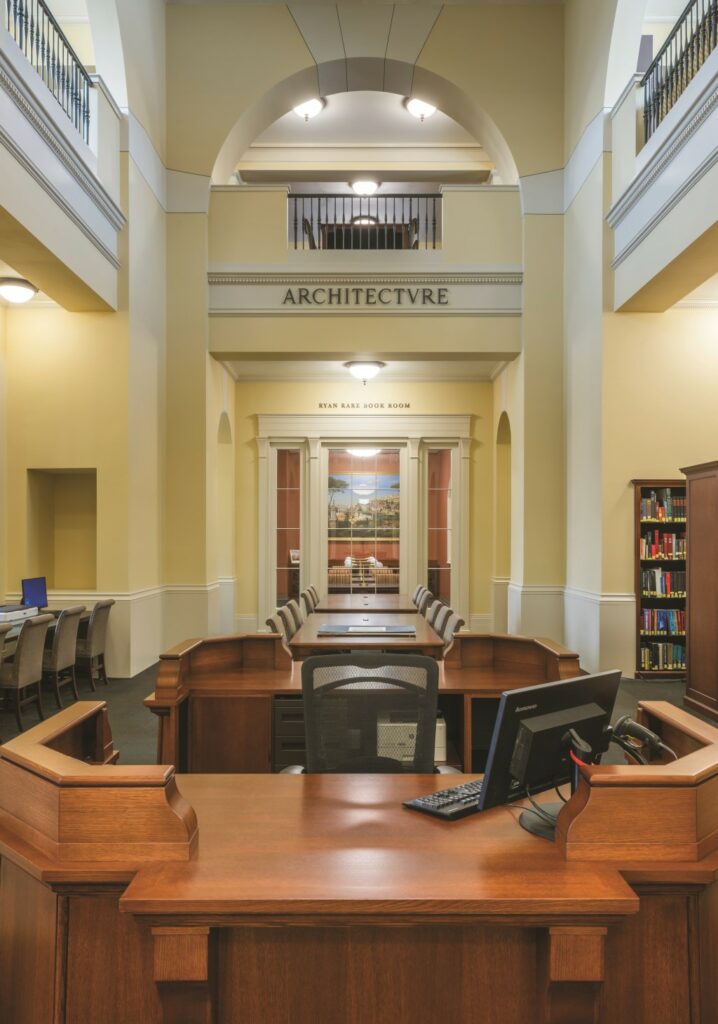
View of the new architectural library. Photo credit: Andreas Von Einsiedel
Notre Dame’s architecture program is widely known for its traditional teaching methods and emphasis on neo-classical design. The new space enables the university, founded in 1898, to conduct its curriculum in classically-inspired rooms equipped with contemporary technologies, and adds the capacity for two new graduate programs in historic preservation and real estate development.
The classical exterior, rendered in limestone and brick, teaches traditional design and construction principles.
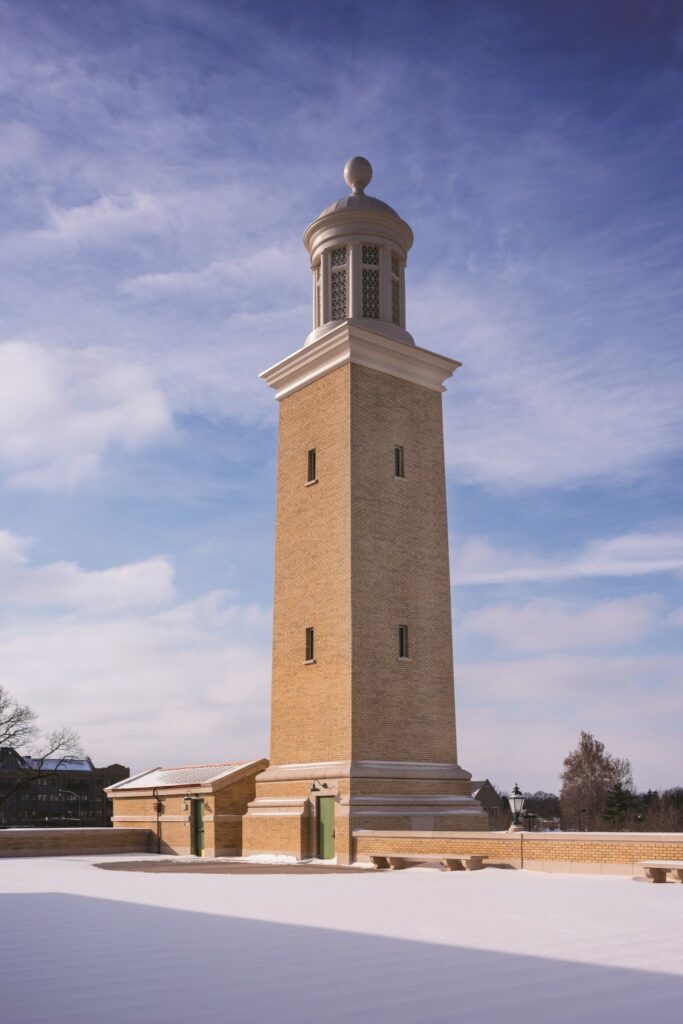
Photo credit: Andreas Von Einsiedel
Architect John Simpson described his design in this way: “The tower at its center heralds the location of the new arts district. At the heart of any classical education in architecture is the Hall of Casts, and this has been given pride of place on the northwest corner, where it can be seen from campus when entering the University along Notre Dame Avenue, and also from Eddy Street. It is the most monumental building of the group and, in the manner of a chapel, contrasts with the more utilitarian characteristics of the adjacent studio range. As this is a school of urbanism as well as of architecture, the buildings together are an example of how public spaces are articulated — in this case forming a court, which recalls the religious origins of the University.”
When Stantec’s team, along with design architect John Simpson Architects of London, was tasked with designing the new 100,000-square-foot building, they were challenged to embody classical principles of design, and to develop a facility that maintains the University of Notre Dame’s standing as one of the nation’s leading architectural schools.

